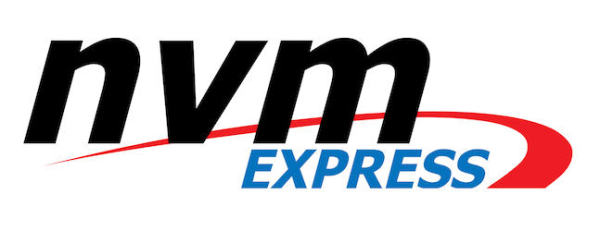The new NVMe 2.0 protocol brings some interesting innovations - mainly concerning flash storage around the network, but also as one of the biggest improvements, full support for classic hard disks (HDDs). This may be surprising at first glance, since the maximum speed of the current, but already 12 years old, SATA 3.0 standard (theoretically 600 MB/s) is still sufficient for HDDs, but it is a far-sighted extension, since already now with the new Seagate Mach.2 a first model with 524 MB/s is already very close to this speed limit and future ones would be slowed down by it.

In addition, the elimination of SATA interfaces by integrating hard disks via PCIe would simplify the hardware design in the future - however, according to industry insiders, it will still take until the first NVMe 2.0 HDDs come onto the market. The other NVMe 2.0 specifications include new features such as NVMe oF, Zoned Namespaces (ZNS), Key Value and Endurance Group Management, most of which give computers more control over attached storage media and the organization of data, and are particularly relevant in the context of large data centers.

The innovations in NMVe 2.0
-NVMe oF (NVMe over Fabric): defines the connection of fast storage over Ethernet or fiber network.
- Zoned Namespaces (ZNS) provide an interface for zoned storage devices that allows an SSD and host to cooperate in accurately storing data on the disk. ZNS enables the organization of data on the SSD's physical media, which can be leveraged to improve overall performance and increase capacity.
- NVMe Key Value (NVMe-KV) enables access to data in an NVMe SSD namespace using a key as opposed to logical block addresses. The NVMe-KV command set enables access to a variable-size value (such as an object) using a key without requiring the host to maintain a translation table that defines an object as a sequence of logical block addresses.
-Support for rotating media (HDDs) allows hard disk drives (HDDs) to use NVM Express, including feature updates, management capabilities, and other enhancements required for this HDD support.
-NVMe Endurance Group Management allows media to be configured into Endurance Groups and NVM Sets. This enables granularity of access to the SSD and improved control.
NVMe 2.0 will be backward compatible with previous generations of NVMe architecture. This will allow future NVMe 2.0 SSDs to work with current M.2-capable motherboards and M.2 cards.

